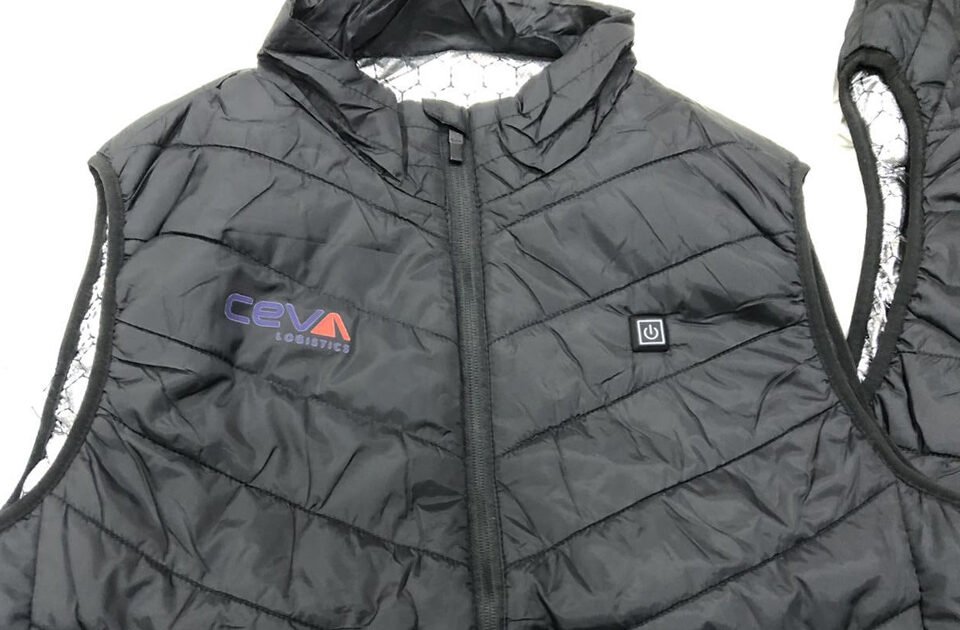Understanding Heating Systems in Apparel: A Technical Analysis
Heated apparel has revolutionized the way we stay warm in cold environments, offering advanced comfort and functionality. This blog delves into the various heating systems used in heated clothing, categorized by materials, heating zones, and operating voltages. We will explore their advantages and disadvantages, providing a comprehensive guide for those interested in this innovative technology.

Heating Systems by Material
1.Carbon Fiber Material
- Analysis: Carbon fiber is a conductive material known for its high strength, lightweight, and excellent heat conductivity. It is widely used in heated apparel due to its flexibility and efficient heat transfer capabilities.
- Advantages:
- High heat conductivity
- Durable and lightweight
- Flexible and can be woven into fabrics
- Disadvantages:
- Higher cost compared to other materials
- Complex production processes
2.Composite Filament Material
- Analysis: Composite filaments are made by combining metal and non-metal materials, providing good conductivity and mechanical properties. They are commonly used in various types of heated clothing, offering stable heat output.
- Advantages:
- Lower cost
- Good conductivity
- High plasticity
- Disadvantages:
- Lower durability compared to other materials
- More prone to damage
3.Alloy Wire Material
- Analysis: Alloy wires are composed of multiple metal elements, offering excellent thermal conductivity and corrosion resistance. They are widely used in heated apparel, particularly in extreme cold environments.
- Advantages:
- Good thermal conductivity
- Corrosion-resistant and durable
- Disadvantages:
- Relatively heavy
- Less flexible
4.Graphene Material
- Analysis: Graphene is a novel nanomaterial with exceptional electrical conductivity and thermal properties. As a heating element, graphene heats up quickly and distributes heat evenly.
- Advantages:
- Extremely high conductivity
- Rapid heating
- Lightweight and flexible
- Disadvantages:
- Higher cost
- Technology is still developing
Heating Systems by Heating Zones and Control
1.Single Zone Single Control
- Analysis: This system uses one controller to manage a single heating zone, suitable for simple heating needs such as localized warming.
- Advantages:
- Simple control mechanism
- Lower cost
- Low energy consumption
- Disadvantages:
- Limited flexibility
- Cannot provide full-body heating
2.Multi-Zone Single Control
- Analysis: This system uses one controller to manage multiple heating zones, providing more comprehensive heating solutions often found in mid-to-high-end heated apparel.
- Advantages:
- Wider heating coverage
- Enhanced comfort
- Disadvantages:
- More complex control mechanism
- Higher energy consumption
3.Multi-Zone Multi-Control
- Analysis: This system features multiple controllers for different heating zones, offering the highest level of flexibility and control over the heating experience.
- Advantages:
- Maximum flexibility
- Precise control over each heating zone
- Superior comfort
- Disadvantages:
- Higher cost
- More complex system
Heating Systems by Operating Voltage
1. 3.7V Systems
- Analysis: Low voltage systems are typically used in lightweight heated apparel such as gloves and socks.
- Advantages:
- High safety
- Low energy consumption
- Suitable for small devices
- Disadvantages:
- Weaker heating effect
- Limited application range
2. 5V Systems
- Analysis: Mid-range voltage systems are widely used in various types of heated apparel, including vests and light jackets.
- Advantages:
- Versatile
- Good safety
- Portable
- Disadvantages:
- Moderate heating efficiency
- Not suitable for extremely cold environments
3. 7.4V Systems
- Analysis: Higher voltage systems are suitable for apparel requiring more significant heating, such as outdoor jackets and workwear.
- Advantages:
- Good heating effect
- Suitable for cold environments
- Widely applicable
- Disadvantages:
- Higher energy consumption
- Requires stronger battery support
12V Systems
- Analysis: High voltage systems are used in professional-grade heated apparel, ideal for extreme cold conditions such as outdoor adventures and severe work environments.
- Advantages:
- Best heating performance
- Suitable for extreme environments
- Professional applications
- Disadvantages:
- Higher safety requirements
- Highest energy consumption
- Heavier weight




